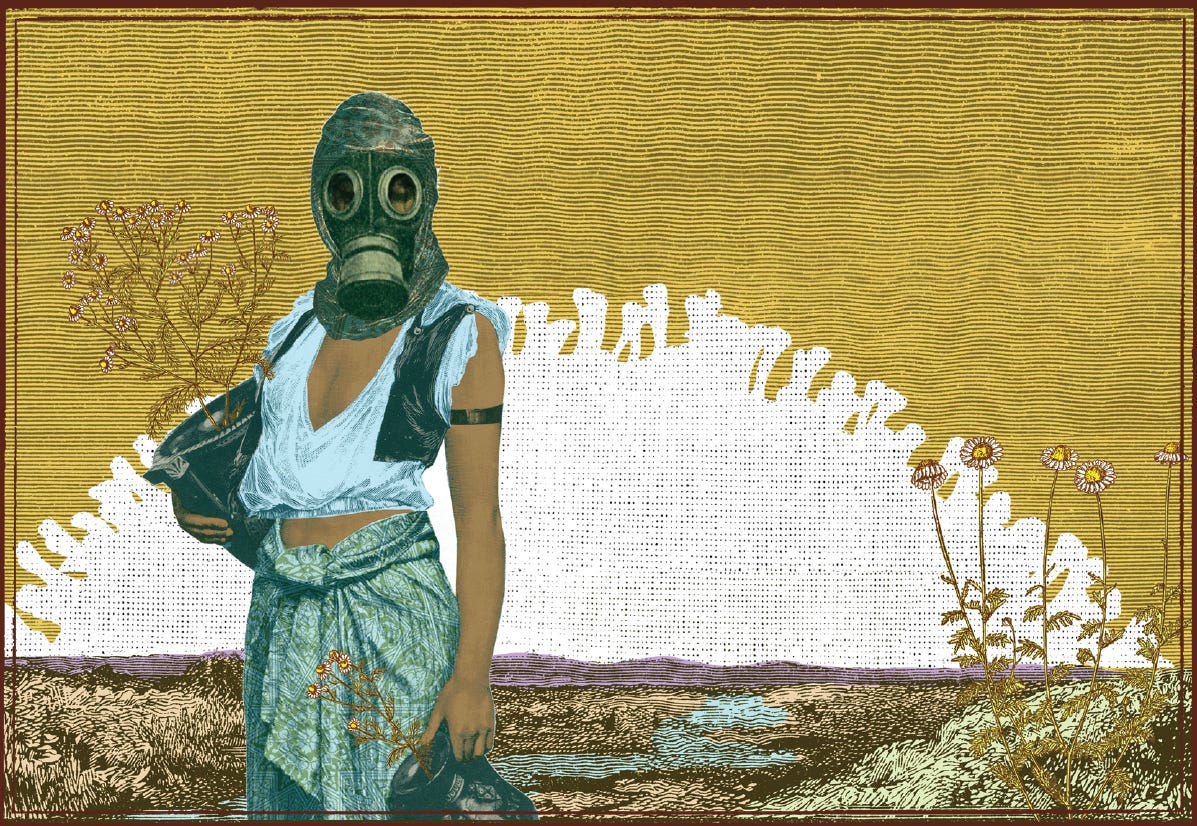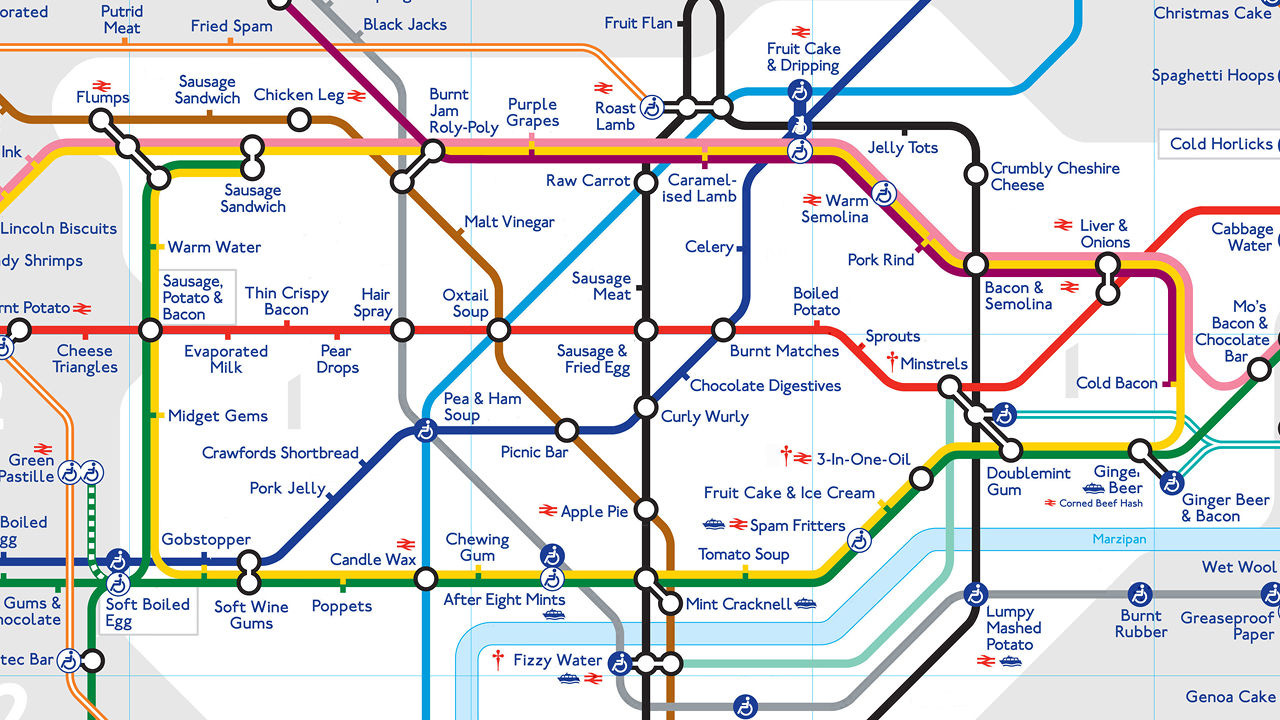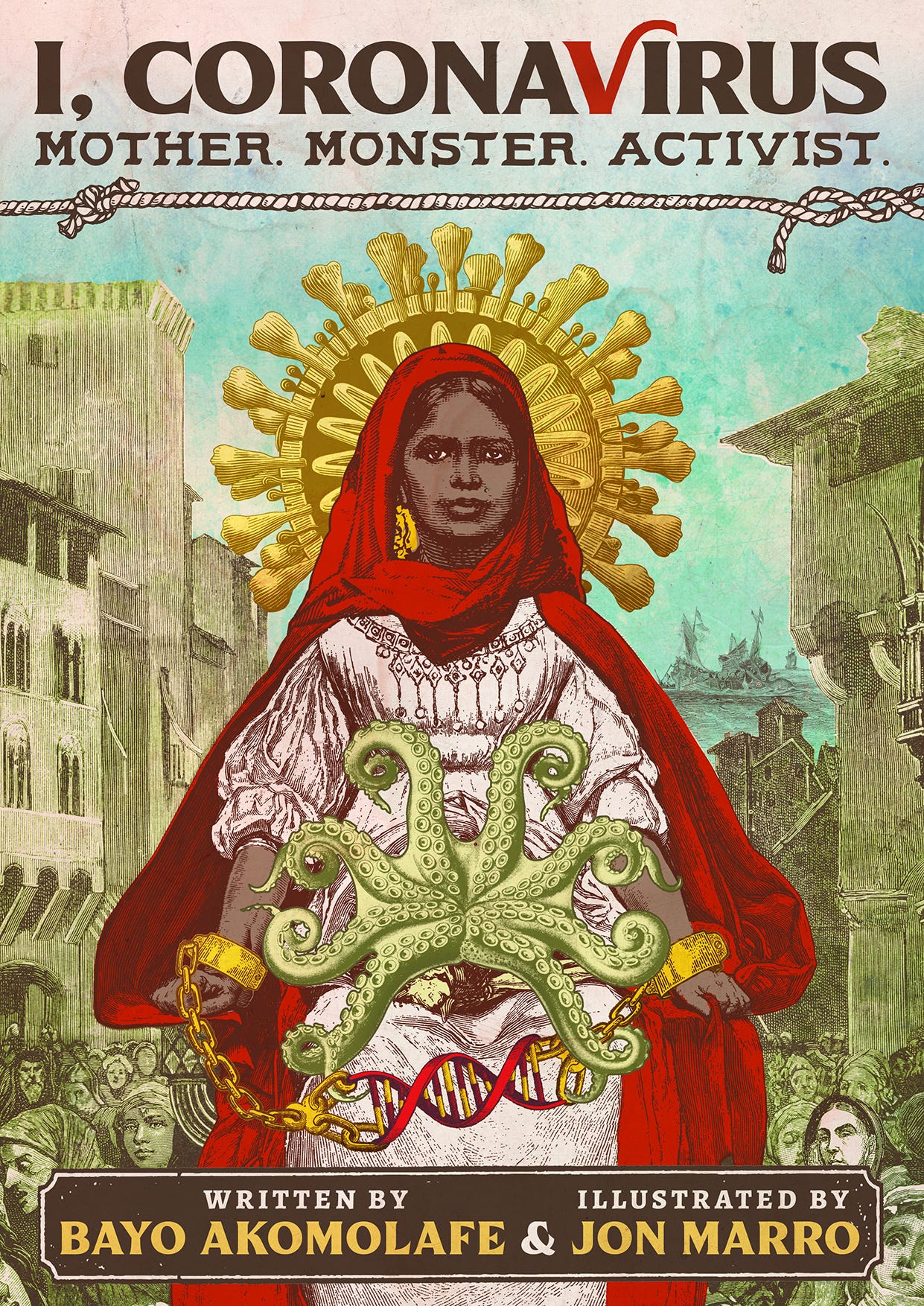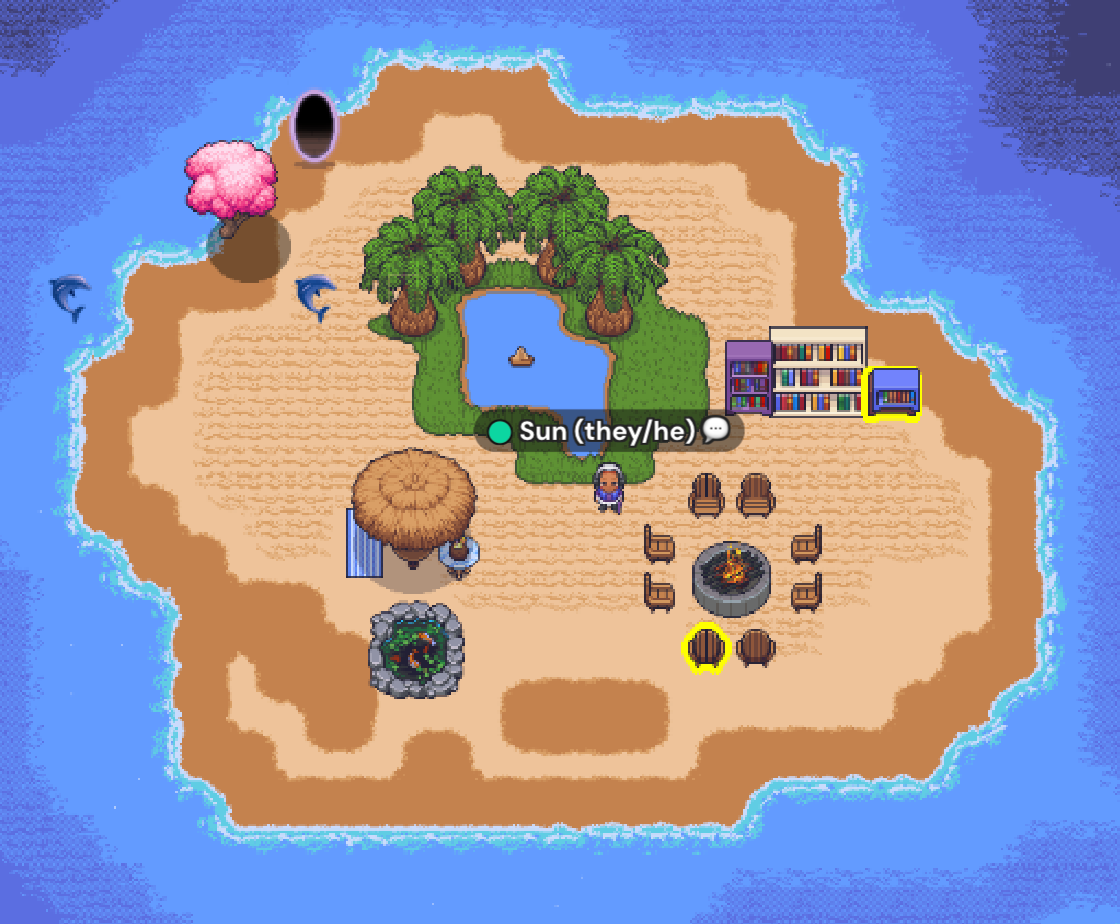‘Coronavirus has made the mighty kneel and brought the world to a halt like nothing else could. Our minds are still racing back and forth, longing for a return to “normality”, trying to stitch our future to our past and refusing to acknowledge the rupture. But the rupture exists. And in the midst of this terrible despair, it offers us a chance to rethink the doomsday machine we have built for ourselves. Nothing could be worse than a return to normality.
Historically, pandemics have forced humans to break with the past and imagine their world anew. This one is no different. It is a portal, a gateway between one world and the next.
We can choose to walk through it, dragging the carcasses of our prejudice and hatred, our avarice, our data banks and dead ideas, our dead rivers and smoky skies behind us. Or we can walk through lightly, with little luggage, ready to imagine another world. And ready to fight for it.’
- Arundhati Roy in The pandemic is a portal
(Come September is also worth revisiting)

SCENT
Smell is arguably our most ancient sense, processed in a different part of the brain than other sensory faculties. Until Covid-19, most of us took this primordial perception for granted until its loss presented itself as a subtle symptom.
Those currently suffering from Covid can experience anosmia (loss of smell) and parosmia (distorted smells). 4 years into the pandemic, we still don’t know the full risks and consequences of long term or permanent loss.
Smells have a way of affecting our appetite, cooking, personal hygiene, physical safety, and mood. Scent is also intimately tied to memory. It triggers visceral reactions, potent emotions, and fond associations from the past.
‘Smells became like the memories that exist at the back of your mind you can’t quite grasp when you need them most. I was in mourning for something I never truly cherished and scared for the unknown’.
One olfactory artist working in this medium is Josely Carvalho in her project ‘Entre os Cheiros da História’. In this installation, she created perfumes that were inserted into the mouths of 20 canons at The National Historical Museum in Brazil, her way of taking a phallic symbol of destructive power and turning it into a time tunnel between past and present.
Carvalho has written about this project within the context of Covid-19, how we are at war with an invisible enemy, her own experiences with losing her sense of smell and how it’s affected her artistic practice.
‘Whereas cannonballs penetrate bodies, buildings or ships, COVID penetrates us. Whereas the ships that were equipped with cannons went out to conquer the world, to open up countries, decimate indigenous populations to enrich the countries behind the invasions, COVID makes the world smaller and shows the inequalities we live with. We human beings become closed countries in our own home and our own bodies.’
Scent grounds us in time and space, so its lack disorients us physically, emotionally, and psychologically. There is research being done on how loss of smell can be a predictor for cognitive decline (such as Alzheimer's & Dementia), which isn't a surprise given the connection between scent & memory.
However, there are initiatives to combat this loss like the wearable tech being developed by Yin Yu which seeks to provide olfactory training. For updates on research, The Sick Times continues to report on the ongoing long covid crisis.
If you retain your sense of smell, consider using it intentionally as Rajiv Surendra illustrates. Scent memories can help you capture a moment, embody a character, recall a place, or evoke strong emotions.
SIGHT
I, Coronavirus. Mother. Monster. Activist. by Bayo Akomolafe is available for free!
‘A genre-bending account of the COVID-19 phenomenon might read as a cross between magical realism, speculative fabulation, Yoruba indigenous wisdoms, biology and neomaterialist feminist philosophy’.
SOUND
One of the contributions to the Naming the Lost memorial this year was an oral archive of prisoners speaking on their experiences of the pandemic, mental health, grief, and creative practices.
‘To our knowledge, there is no public, physical memorial honoring the lives of those lost and those surviving COVID19 from within prisons – no place for friends, family members and loved ones to visit, to grieve, to mourn; no place for the collective truth of the experience to be made public. We’re grateful for the opportunity to ensure that the experience of those surviving the pandemic from inside will not be forgotten.’
Archive Based Arts x Parole Prep set up a box with headphones at the fence of the cemetery during the installation, but the full interviews can be found here:
TASTE
Beyond scent, Covid also infamously affected our sense of taste, a phenomenon called ageusia. When our sensory factors are derailed, can we learn neurodivergent alternatives from those with synesthesia? Can we view these ‘anomalies’ not as a glitch in the system, but emergent strategies, leading us towards savoring through the back door.
Take for example James Wannerton who as a child would ride the subway with his mom, but each stop would leave behind a flavor. Wannerton’s lexical-gustatory synaesthesia meant he could taste names which you can see mapped onto the London Underground Tube. Kensington Station becomes burnt bacon.

‘The general theory is we’re all born with synesthesia, because as babies our brains are a mish-mash of connections. Everything’s connected together, including the senses. As the brain develops, there’s supposed to be a pruning gene that goes around snipping all these extra connections. In some people this pruning gene is defective, for want of a better word, and these connections aren’t severed. That’s where you get the joins.’
Synesthetes aren’t the only ones that can taste the rainbow. Color affects how we experience, perceive, and identify flavors:
Can you close your eyes and remember your favorite red fruits?
Can you map out your comfort foods?
Can you feel your mouth water at the thought of a citric yellow lemon?
‘What happens when you can taste the whole world, with each object, living being, and space having its own nuanced flavor? And what does that do to the food you cook?’
Here Julia Skinner talks about her own gustatory synesthesia and provides how to steps on exploring your world in a new way:
TOUCH
Covid took away touch and introduced social distancing.
‘Garden is a 24/7 virtual community center specifically designed for BIPOC folks who are practicing pandemic safety.’
The digital garden includes areas for coworking, meetings, yoga, stimming, bookclubs, movie nights, music making, board games, arcades, and more.








